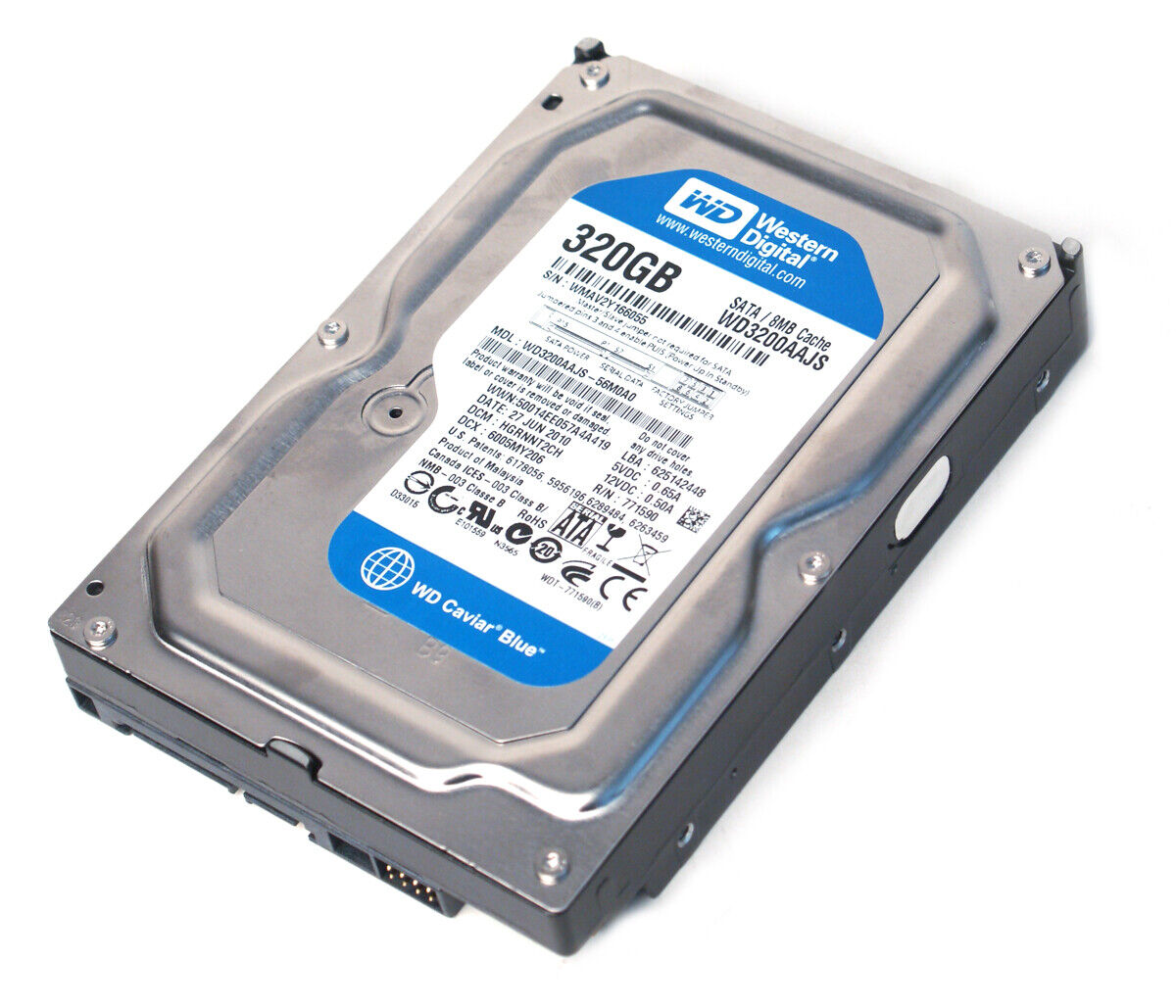I have 2 factory hard drives from an old Dell Optiplex 9020. I'm trying to connect them to a new Lenovo Ideacentre 5-14IOB6. I've connected all of the cables - the ones directly to the motherboard and the power supply cable, but no additional hard drives are shown connected when I boot up Windows 11. Any help is appreciated. (I'm happy to post my system specs if needed, but this seems to be a hardware issue to me).
This is what my hard drives look like:

This is what my hard drives look like:


